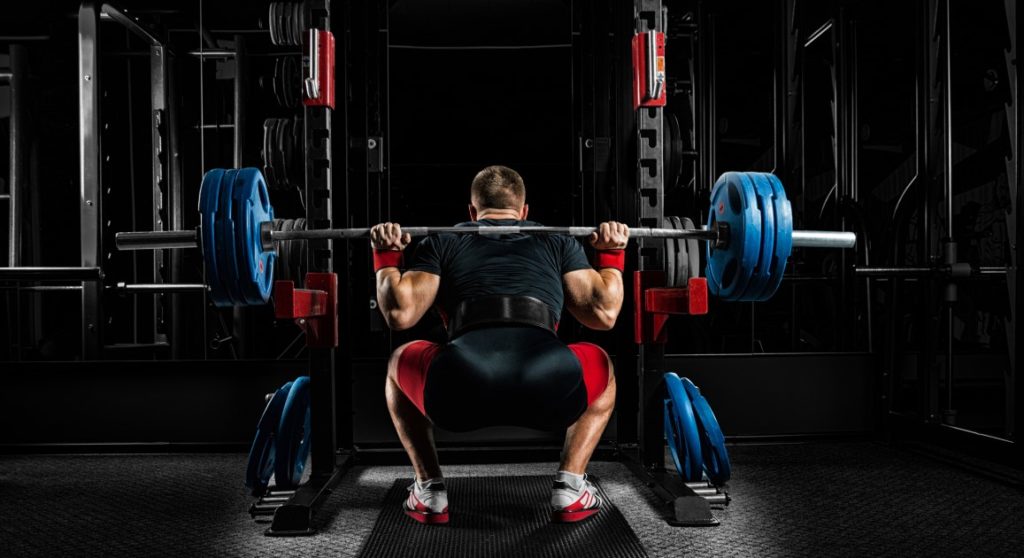The words “spread the floor” get thrown around a lot when lifters are discussing positioning and cues for the squat, deadlift, and press. For the newer lifter that might not be as familiar with the barbell compound movements, this cue can be easily misconstrued without explanation.
Does the “spread the floor” mean literally move the feet on the floor, or is it a concept to facilitate a desired action?
Spread the floor is both a cue and concept that one should be cognizant of when squatting, deadlifting, or performing any exercise on two feet. In this article, we’re going to discuss what this cue means, why it’s important to understand, and how to apply it to your lifting.

What does “spread the floor” mean?
In the gym, spread the floor is a cue that is used to promote stability and strength with the lower body. It’s a cue that is often used to help lifters conceptualize what it’s like to create tension with the legs and floor without physically moving the feet.
For this cue, “spread” should not be taken literally, but instead used to help create a mental connection with what it feels like to create tension with the legs without moving them. Think about creating space between the feet by shifting tension and focus through the legs and spreading them outwards.
So when lifters say, “spread the floor”, they’re really conveying a message to create tension with the lower body by cuing themselves and others to produce a more stable base.
Why is this cue and concept important?
A stable base is a strong base. Whether you’re squatting, deadlifting, or pressing, a stable base is crucial for performance and injury prevention, which is why this cue or variants of it are so important to understand.

Truthfully, it doesn’t matter if you use the cue “spread the floor” or a variant of it to create stability in lifts, as long as there’s some level of cognizance towards how you’re interacting with your surroundings, a.k.a the floor.
The reason the cue “spread the floor” is so great is because it portrays both what you need to do (create tension) and it explains how to do it (creating space between the feet).
How to Apply This Cue
When getting set for any exercise like the squat, deadlift, or press, this cue will be utilized in the setup, then throughout the movement serving as a reminder.
Remember, a cue is simply a message used to create a desired action and response, so how this cue is described below may be different for you. However, hopefully the examples below help conceptualize how to use it.
For the squat:
- Once you’ve walked the bar out, stabilize and grip the floor with the feet.
- Then squeeze the glutes and think about spreading the floor out by contracting the full leg musculature.
- As you descend then ascend, maintain this tension and keep working to “spread” the floor.
For the deadlift:
- After you’ve established your positioning with the barbell (barbell over the mid-foot), screw the feet into the floor.
- Once your feet are grounded, actively create tension with the legs and spread the floor as you bend down to grip the barbell.
Again, the above are just examples for how you could apply this cue to your training. What’s best is that you find a way to implement that makes sense for your training and experience.
Wrapping Up
The cue and concept “spread the floor” can be incredibly useful when used appropriately. What’s most important aspect for every lifter is to experiment and try different cues to create desired actions for optimal performance.
Feature image from Rido/Shutterstock